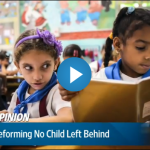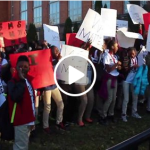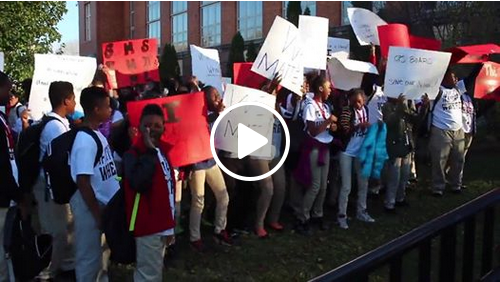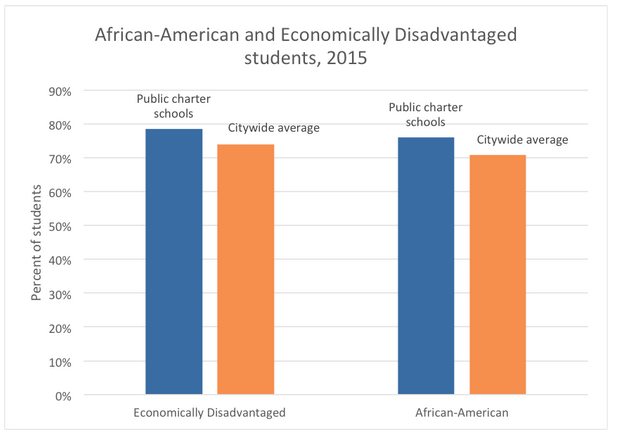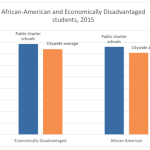By Gary Fineout
St. Augustine Record
December 8, 2015
Six years after a group of parents and education advocacy groups first filed a lawsuit that charged the Florida Legislature with shortchanging schools they had their first major moment in court on Monday.
During a day-long hearing, Circuit Judge George Reynolds rejected a request by those who filed suit to shut down two state-created programs that pay to send children to private schools.
One of the programs provides private school tuition to children with disabilities while the other helps children from low-income families. More than 108,000 children are enrolled in the programs.
Reynolds cited various procedural reasons for denying the request and contended that the parents and group did not have the legal standing to challenge the tax credit scholarship program that assists children from low-income families. He also found that the other program does not run afoul of a previous Supreme Court ruling that struck down the first voucher program started by then-Gov. Jeb Bush.










